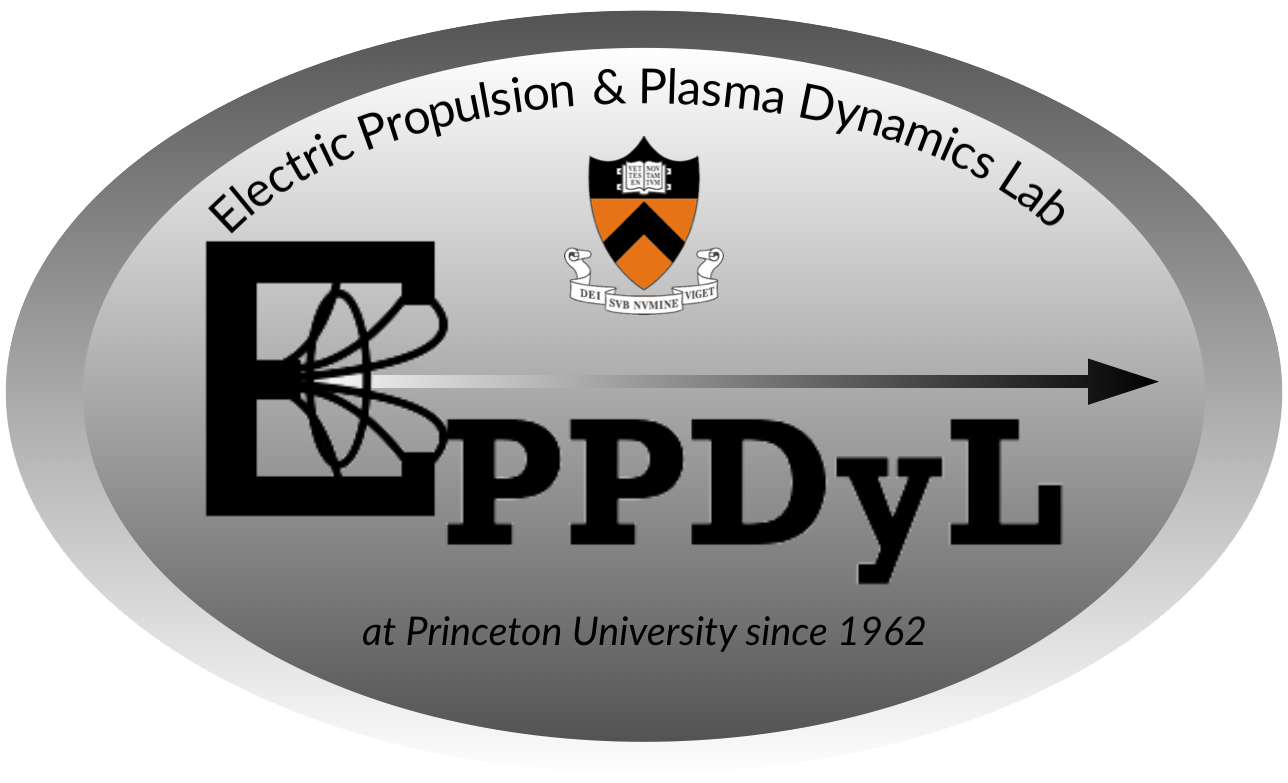SS-FARAD
Introduction
Pulsed inductive plasma accelerators are seen as a way to overcome major obstacles in other electric propulsion devices, particularly electrode erosion. The basic operation of inductive thrusters relies on an electric pulse being discharged by a capacitor through an inductive coil, which induces electromagnetic fields inside the propellant precipitating a current sheet. The current in the coil effects a blowing force on the generated current sheet, which serves to accelerate propellant away from the coil. Because these body forces are inductively coupled to the circuitry, the plasma can be effectively separated from the walls of the accelerator, thus greatly alleviating lifetime degradation associated with erosion as well as allowing propellants which are incompatible with wall materials.
SS-FARAD Study
The original FARAD scheme relied on a separate pre-ionization stage to improve thruster performance. The SS-FARAD thruster concept is similar to the previous FARAD designs excepting that it relies on its primary acceleration antenna for propellent pre-ionization. The purpose of this change is to decrease the size and complexity of the overall device, while attempting to improve current sheet development by creating plasma as near to the coil face as possible.
The current study aims at determining the feasibility of an SS-FARAD device by exploring the interaction between the ionization and acceleration pulse circuitries. Future study will explore the efficiency of the ionization and acceleration schemes in the new configuration.
SS-FARAD Publications
- Single Stage Faraday Accelerator with Radio-frequency Assisted Discharge - 31st International Electric Propulsion Conference (2011)
- Faraday Acceleration with Radio-frequency Assisted Discharge - Journal of Propulsion and Power (2006)
- Design Rules for High-Performance FARAD Thrusters - 29th International Electric Propulsion Conference (2005)
- Performance Optimization Criteria for Pulsed Inductive Plasma Acceleration - 40th AIAA/ASME/SAE/ASEE Joint Propulsion Conference (2005)
Contact
Former students:- Matthew Feldman
